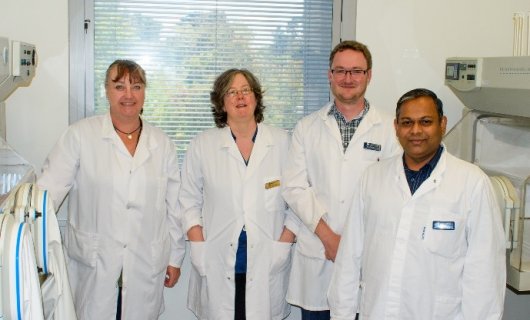Updating the genomic taxonomy and epidemiology of Campylobacter hyointestinalis

In their recent paper published in Scientific Reports, David Wilkinson and colleagues demonstrated the presence of the enteric bacterium Campylobacter hyointestinalis in sheep, cattle and deer from the Manawatu region. Campylobacter spp. are one of the most common causative agents of global human gastric disease, and many emerging Campylobacter species are also associated with other severe forms of disease. In their article, they provided a comprehensive literature review for C. hyointestinalis, a member of the emerging Campylobacter spp. and used whole genome sequencing to explore the evolutionary characteristics and taxonomic classification of the species.
Genomic data generated in this study allowed them to investigate a number of important, previously unexplored characteristics of the organism including virulence, defence and metabolism-associated genetic elements. They demonstrated that the C. hyointestinalis genome is extremely mobile, with horizontal gene-transfer commonly playing a role in its genetic diversification. This genomic flexibility has important consequences for the way in which we understand the taxonomic classification of this, and other, prokaryotic organisms.”
Photo : IDReC researchers and study authors Lynn Rogers, Anne Midwinter, David Wilkinson and Ahmed Fayaz in Hopkirk Lab. Photo by Matt Knox.